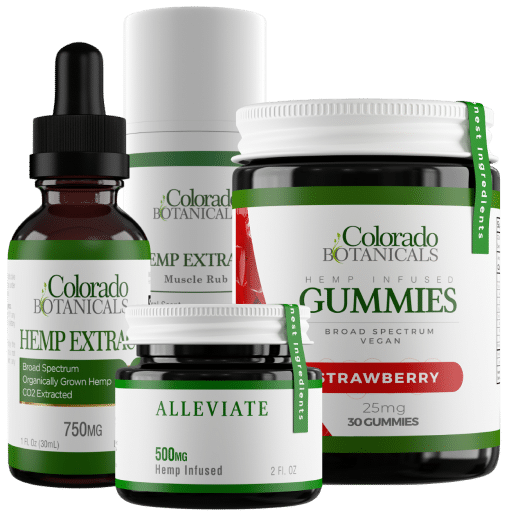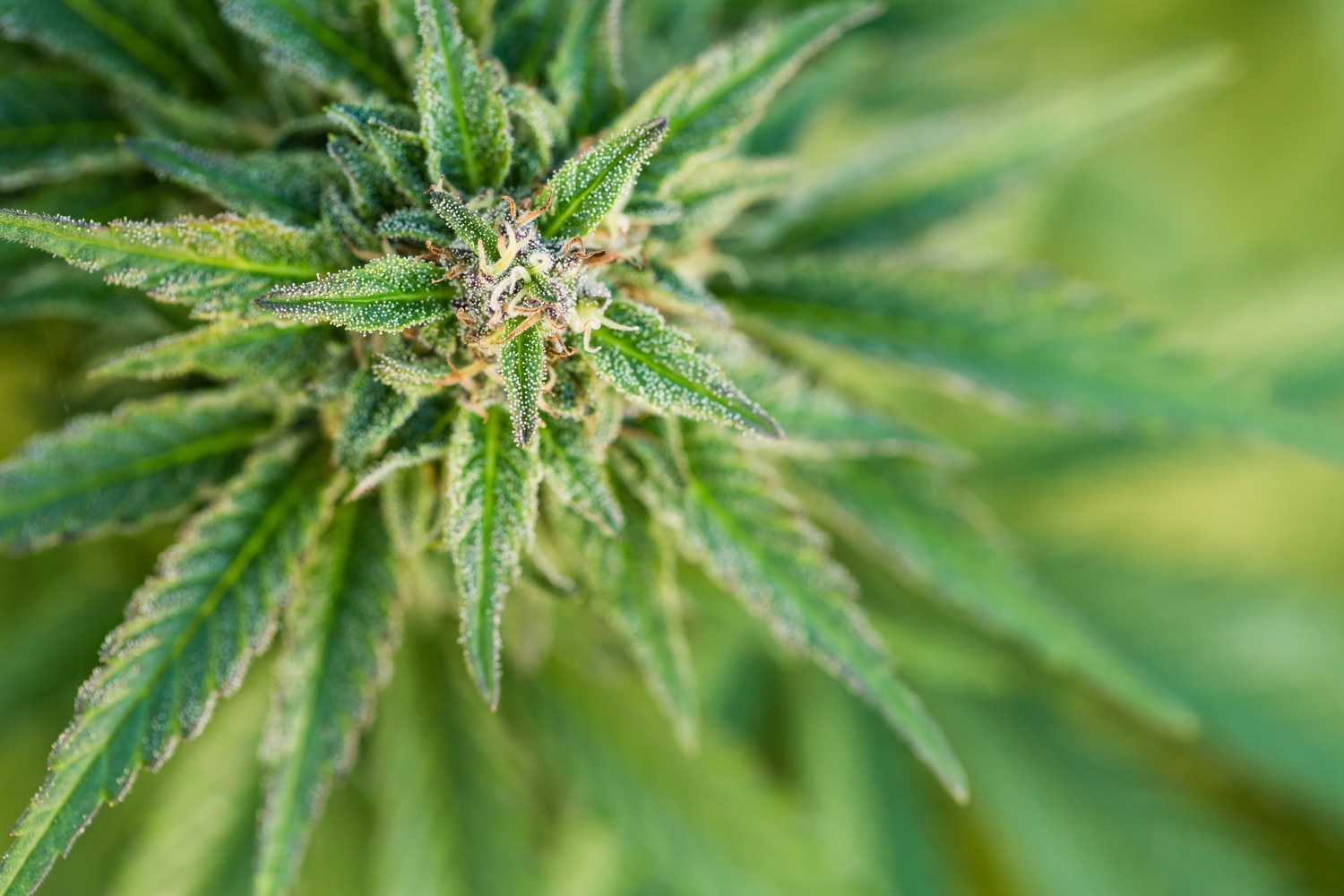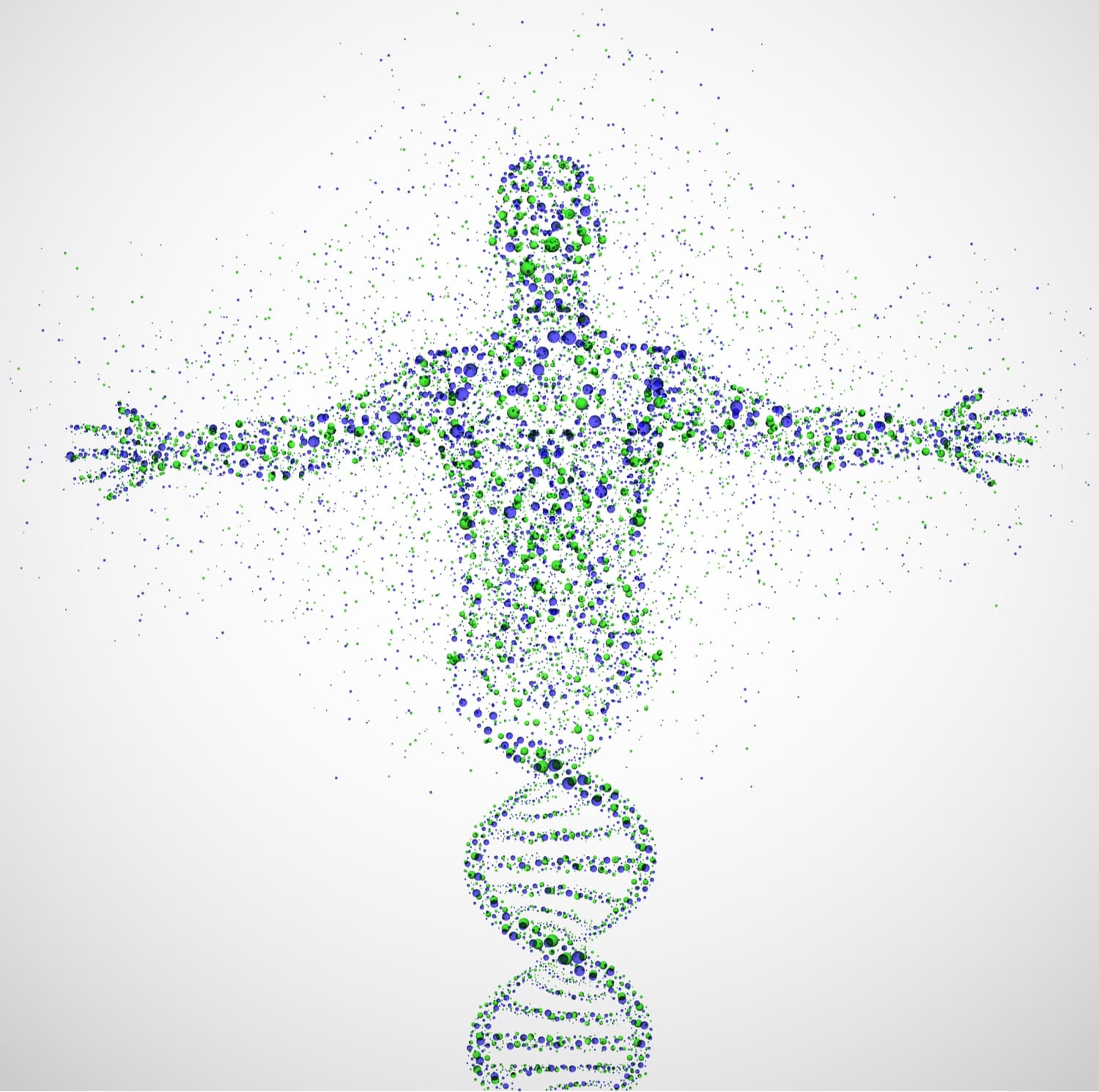CBD has become a buzzword in herbal health and wellness circles since it was federally legalized in 2018. If you have even one friend or family member who uses it, you’ve probably heard all about its benefits. If CBD doesn’t work for you the first time, don’t assume you’ve fallen prey to a bunch of hype.
There are plenty of reasons that could explain why you’re not getting the results you expect. You can discover more about the most common problems with CBD below.
Why Doesn’t CBD Work for Me?
Before proposing some solutions, let’s discuss the underlying problem. If your CBD doesn’t work, it’s most likely due to one of these factors:
- Poor product quality
- Inappropriate delivery system
- Insufficient dose
- Lack of commitment
- Personal body chemistry
As you may have noticed, most of these are problems that can be resolved. It’s rare to find people who just don’t respond to CBD. They do exist, but chances are, you’re not one of them.
How to Boost the Effectiveness of CBD
If the CBD products you’ve tried so far don’t work for you, don’t give up hope yet. There are a few ways to address the problems listed above. Try these steps to boost the effectiveness of your CBD:
1. Choose Products Wisely
Not all CBD products are created equal. If the one you’re using right now isn’t working, it might have nothing to do with your brain chemistry. The problem might be with the product itself, especially if you bought it at a gas station or convenience store.
The best place to find high-quality CBD is online. You’ll have access to a diversity of products from reputable vendors. Plus, you’ll be able to find all the information you need to make a more informed decision.
The best CBD products are manufactured from hemp flowers and leaves. They’re also lab-tested to ensure potency and purity. If you can’t find a Certificate of Analysis (COA), contact the vendor. If the vendor won’t provide one, look elsewhere for the products you need.
2. Investigate Other Delivery Systems
CBD is a versatile compound. You can find it in everything from CBD oil designed for internal use to topical creams and ointments. It may seem like it shouldn’t matter which delivery system you choose, but it does. How you take CBD affects its bioavailability.
If you eat CBD edibles, your body will have to digest them before the CBD can be absorbed. Some of the plant’s beneficial compounds may be lost in this process. Taking CBD tinctures, on the other hand, allows the compounds to be absorbed directly into your bloodstream. You should notice quicker, more potent results.
Topical creams, ointments, and balms won’t provide system-wide effects. They’re best reserved for skin problems and muscle or joint pain that’s close to the surface. If the product you’ve been using hasn’t been providing efficient results, try a different delivery method.
3. Up Your Dose
Since CBD isn’t regulated by the FDA, there are no official dosing guidelines. You’ll have to figure out for yourself how much to take. The best way to do that is to start with a low dose, then increase it a little every day. Before deciding how much to take for your first dose, take a look at the product’s label. See how much CBD is in each dose. If that information isn’t available, divide the amount of CBD in the entire bottle by the number of doses.
If you find that you need a lot of CBD to reach an effective dose, that’s fine. Just buy high-potency products. You may also find it helpful to keep a journal of your results. Write down how much you take every day and how often, then note any changes ineffectiveness.
4. Stick With It
Unlike THC, which binds directly to your body’s endocannabinoid receptors, CBD acts indirectly on the endocannabinoid system (ECS). It helps to reduce your body’s reuptake of anandamide and other endogenous cannabinoids. The results won’t always show up right away. It may take you some time to build up sufficient amounts of beneficial cannabinoids in your system.
Many people find that CBD produces no noticeable effects the first time they take it. Don’t give up. Try taking it every day for a few weeks, or even a few months. Note down any changes in your symptoms in your journal and revisit it later. You may find that CBD is helping more than you think.
Other Factors That Can Influence the Efficacy of CBD
There are a few biological factors that influence how you will respond to CBD. Some research indicates that women are more susceptible to its effects than men, for example. Hormone levels can also impact the cannabinoid’s effectiveness. CBD can provide heightened results when a woman’s estrogen levels are also high.
Certain lifestyle factors can also influence the impact of CBD. They include:
- How much Omega-6 you consume
- Use of alcohol or other drugs
- Stress levels
- Frequency and intensity of exercise
If you’re already very physically and mentally healthy, CBD may not provide noticeable results. It works best for people whose endocannabinoid systems aren’t in perfect shape.
When CBD Doesn’t Work?
When CBD doesn’t work and you’ve already tried all the steps described above, you may be out of luck. Up to 20% of people have a genetic mutation that affects their ECS genes. They produce above-average levels of anandamide and other endocannabinoids, to begin with. Most people with this genetic mutation experience lower levels of anxiety and ECS imbalance. They may not benefit as much from using CBD.
What’s the Next Step?
Now that you know what factors influence the efficacy of CBD, it’s time to take action. Try switching to a higher-quality or more potent product. You can also change your method of delivery to better match your needs. Stick with your new routine for at least a few weeks to a few months. There’s at least an 80% chance that it will help.









